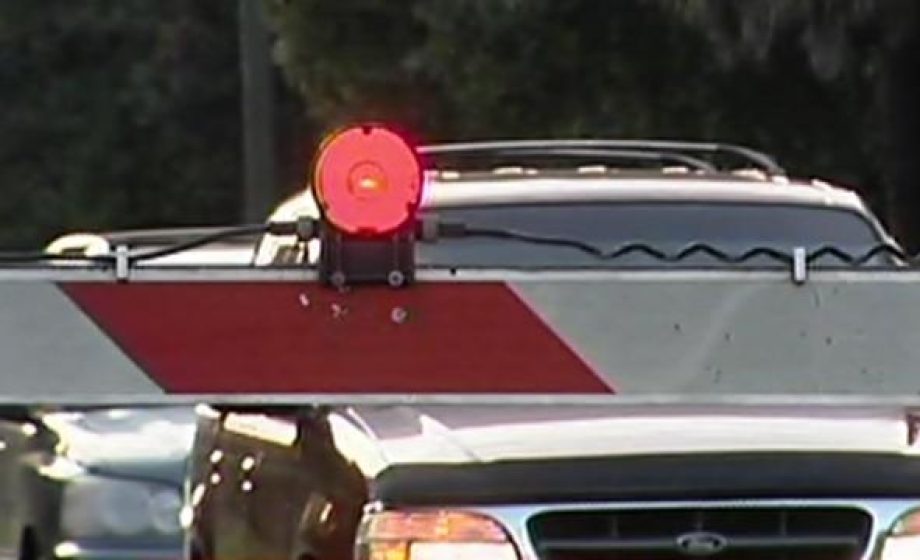
France’s main train travel provider SNCF has been making quite a number of sweeping changes in their service in preparation for European Commission-encouraged competition entering the market in the coming years. In addition to adding a low-cost offer in an attempt to stave off price-cutting competition, the company has also increased the service aspect of train rides, improving mobile apps to make ticketing easier and selling coffee & food in train cars to all passengers – I do quite enjoy watching them try to push an airplane trolley cart down a train aisle that clearly wasn’t meant for it.
However, while competitors like Thalys have made the jump to offering Wifi on their trains, this doesn’t seem to be in the cards for SNCF in the coming years, according to a recent statement made by the government about SNCF’s development plans. While the company has plans to install WiFi in 100 train stations by the end of the year, it seems the internet connection stops there.
The problem isn’t so much that people expect WiFi, as much as it is that SNCF’s biggest competitors are starting to have onboard WiFi, and other forms of travel may be quicker to the punch than them.
Airline companies have long since talked about installing WiFi in their planes. The price point for installment just isn’t there yet, nor is the desire of passengers to pay for in-flight WiFi; however, planes have the added advantage of being more comfortable, faster, and ‘classier’ than train travel – not to mention the fact that people expect to be out of contact when they are 10,000+ feet in the air. When I’m travelling next to a highway between two major cities, there is a certain expectation that I will still be able to take phone calls, walk around to stretch my legs, and connect to the internet – for now, I end up tethering from my iPhone.
SNCF’s other competitor, however, may be a bit quicker to get in-transit WiFi. I’m talking, of course, about cars. SNCF’s biggest competitor, other than long-distance buses (many of which have WiFi on board, such as Ireland’s airport shuttle) are peer-to-peer ridesharing services like Blablacar. While not everyone is driving a BMW with a mobile hotspot built in today, some of them are, and the turnaround for new cars is such that we may be seeing more of them including this feature down the road.
If my plane has WiFi, and my car has WiFi, and my train doesn’t: what are the chances that digital professionals will start rethinking their travel choice when it’s no longer a question of price, but a question of connectivity ?

